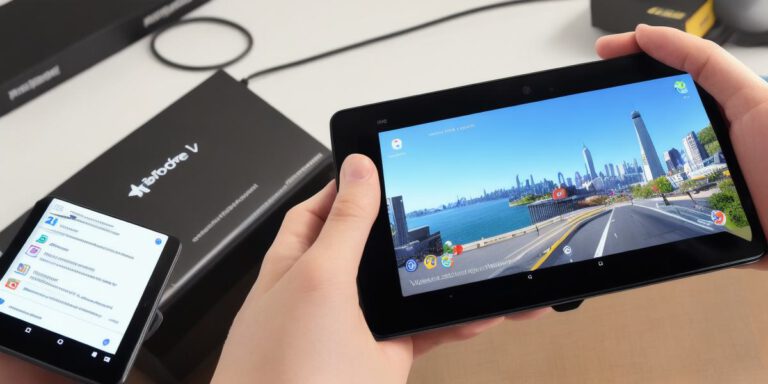Step-by-Step Guide to ARCore Installation and Setup: Get Started with Augmented Reality Development

Augmented Reality (AR) has revolutionized the way we interact with digital content by overlaying virtual objects onto the real world. ARCore, developed by Google, is a powerful platform that allows developers to create immersive AR experiences for Android devices. In this step-by-step guide, we will walk you through the process of installing and setting up ARCore, so you can embark on your journey of AR app development.
Step 1: Check Device Compatibility Before diving into ARCore development, it’s important to ensure that your Android device is compatible. Visit the official ARCore website to check the list of supported devices. If your device is compatible, you can proceed to the next step.
Step 2: Install ARCore from Google Play Store To begin, open the Google Play Store on your Android device and search for “ARCore.” Locate the ARCore app and click on “Install” to download and install it on your device. This will provide the necessary framework for ARCore-enabled applications.
Step 3: Install ARCore SDK Now that you have ARCore installed on your device, it’s time to set up the development environment. Visit the ARCore developer website and download the ARCore SDK for Android. Extract the SDK files to a location of your choice on your computer.
Step 4: Set Up ARCore in your Project Open your preferred Integrated Development Environment (IDE) and create a new Android project or open an existing one. In your project’s build.gradle file, add the following dependencies:
arduinoCopy codedependencies {
implementation 'com.google.ar:core:1.24.0'
}
Sync your project to ensure the ARCore dependency is successfully added.
Step 5: Configure ARCore Session To start using ARCore in your application, you need to configure the ARCore session. Create an ARFragment or ARView in your layout file, and then initialize the ARCore session in your activity or fragment using ARCore’s Session class. This will handle the AR tracking and rendering for your app.
Step 6: Implement ARCore Features ARCore provides a wide range of features to enhance your AR experiences. Explore and implement features like motion tracking, environmental understanding, light estimation, and surface detection to bring your virtual objects to life. Utilize ARCore’s APIs and sample codes to leverage these features efficiently.
Step 7: Test and Deploy Once you have implemented the desired AR features, it’s crucial to thoroughly test your application on ARCore-supported devices. Ensure that the AR tracking is accurate, virtual objects are rendered correctly, and the user experience is seamless. Fix any bugs or issues that may arise during testing.
Conclusion: Congratulations! You have successfully completed the step-by-step guide to ARCore installation and setup. By following these instructions, you are now equipped to start developing captivating AR experiences for Android devices. Remember to explore ARCore’s extensive documentation, APIs, and sample codes to unlock the full potential of augmented reality in your applications. Happy AR development!








